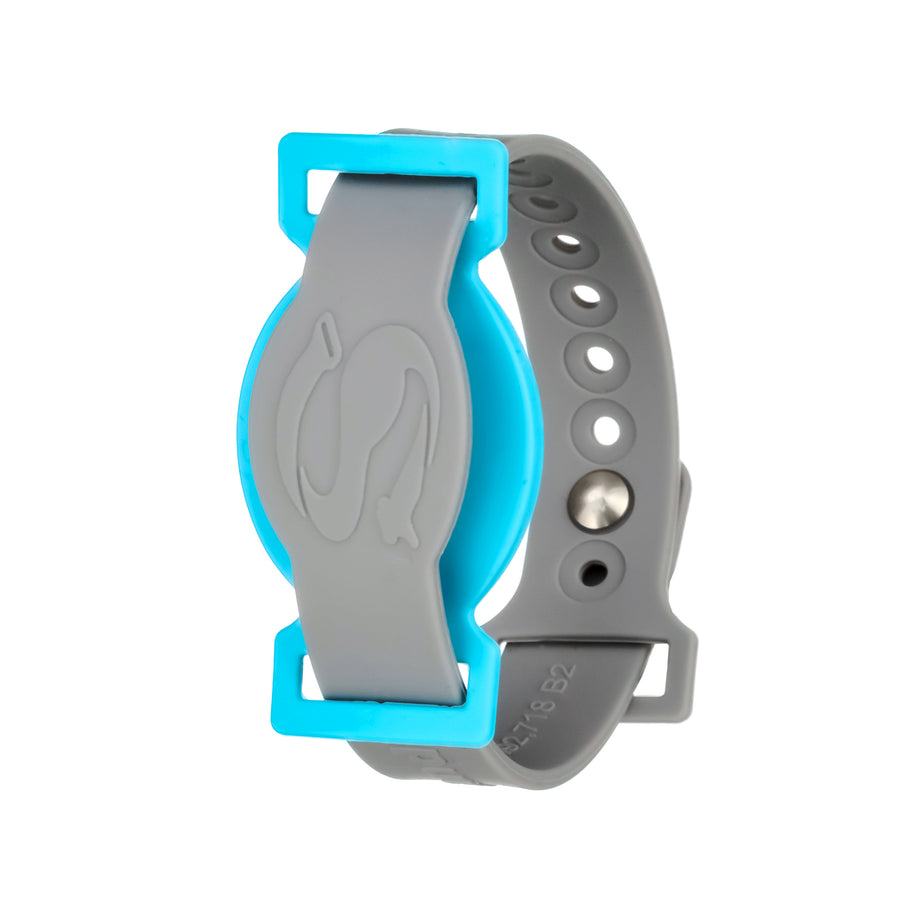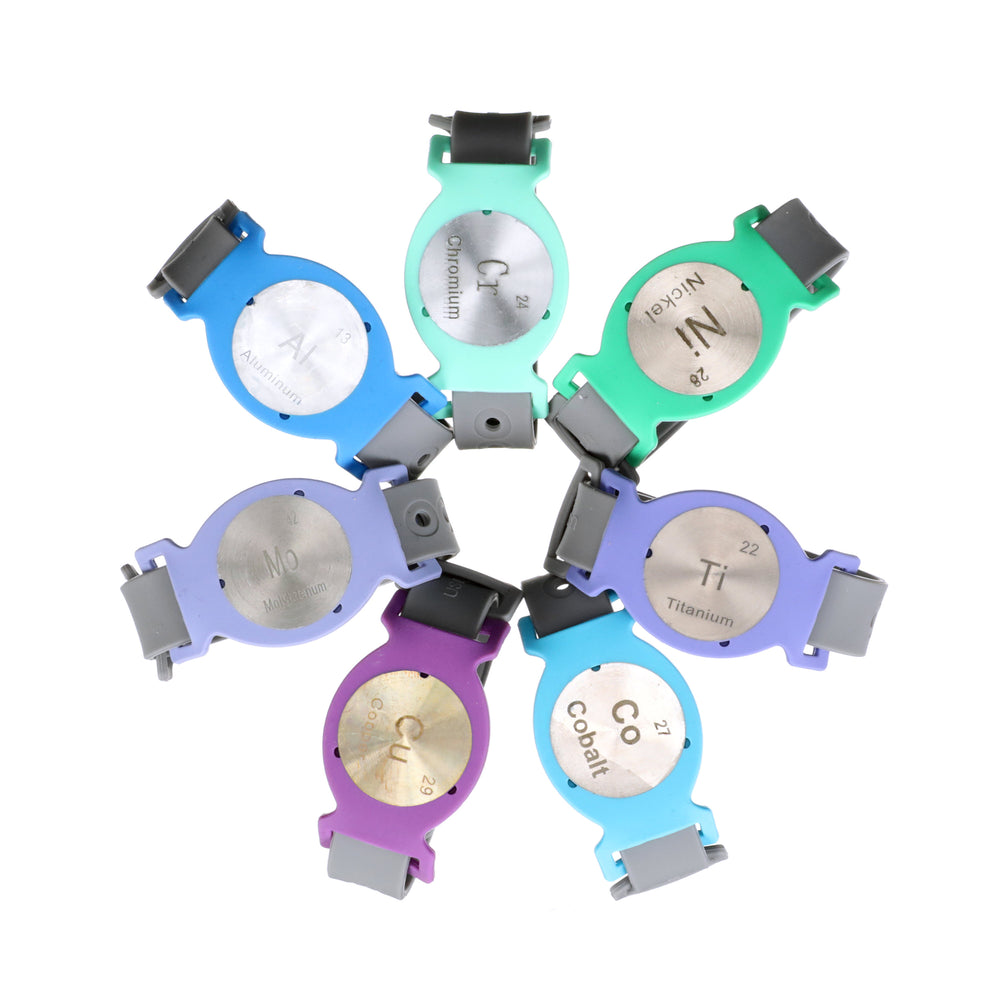Additional Information on Allergic Reactions:

Type I - Immediate
Type I reactions are mediated by proteins called IgE antibodies produced by the immune system. These are produced in response to the allergens such as pollen, animal dander or dust mites, or even certain foods. This causes the release of histamine and other chemicals causing inflammation and swelling.

- Bronchial asthma
- Allergic rhinitis
- Allergic dermatitis
- Atopic eczema
- Food allergies
- Allergic conjunctivitis (eye inflammation)
- Angioedema is swelling that is similar to hives, but the swelling is under the skin instead of on the surface
- Hives – often called welts and are swelling on the surface
- Anaphylaxis - a severe allergic reaction that can be life-threatening. Symptoms appear after a few seconds to minutes. Anaphylaxis is a medical emergency that requires immediate treatment. Ie- Bee Sting, severe allergy to nuts
Type II – Cytotoxic
This type of allergic reaction is mediated by proteins called IgG and IgM antibodies. The antibodies involved in type II reaction damage cells by activating a component of immunity called the complement system.

Type II allergic reactions can be seen in certain conditions like:

-
Autoimmune hemolytic anemia
-
Immune thrombocytopenia
- Autoimmune neutropenia
Mast Cell releasing Histamine during Allergic Response
Type III - Immune complex-mediated
These reactions are also mediated by IgM and IgG antibodies, and sometimes IgA. These antibodies react with the allergen to form immunocomplexes (antigen-antibody complexes). The build-up of these immune complexes results in complement system activation, which leads to polymorphonuclear leukocytes (PMNs) chemotaxis and eventually to tissue damage.

Type III allergic reactions can be seen in:

-
Lupus
-
Serum sickness
-
Arthus reaction - usually occurs after vaccination
Type IV - Cell-mediated reactions
Cell-mediated reactions also known as delayed-type and involves of T-cell-mediated reactions. This reaction does not involve antibodies. Instead, eosinophils, monocytes, or lymphocytes called T cells are activated by the antigen. These reactions typically take 48-72 hours or longer to appear after contact with the allergen. T-cells or macrophages are activated as a result of cytokine release, leading to tissue damage.

Many long-term infectious diseases, such as tuberculosis and fungal infections, show cell-mediated reactions. Certain skin sensitivity reactions, such as contact dermatitis, belong to this type. Examples are contact dermatitis from:
Poison ivy

Metal allergy






